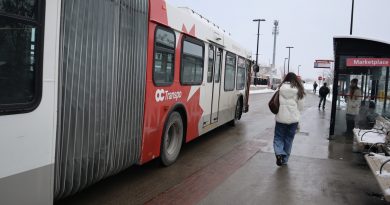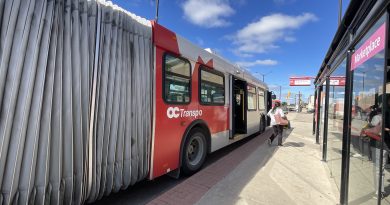Forcing An Extra Commuting Day Is Not The Solution For Downtown
Prior to the pandemic, the cracks in downtown’s 9-to-5 life were already showing.
Commuters would arrive downtown in the morning rush, work in their offices, then leave in the evening rush, benefiting businesses and restaurants with workday patronage, catering, and the need for caffeine.
Vanessa Carlton describes it well in the opening line of her song A Thousand Miles: “Makin’ my way downtown, walkin’ fast, faces pass, and I’m homebound”.
But outside those work hours, the central office area was deserted. In turn, those businesses did not have a sustainable customer base, so it was not financially sensible to operate outside those hours.
There are residential areas downtown and pockets of vibrancy outside office working hours on Elgin Street, parts of Bank Street, and the Market, but their location on the outer edges of downtown rather than as integral parts of that area meant downtown was dead without commuters.
Then the commuters went away.
Four years ago, a new reality abruptly took hold in the grips of the pandemic, reshaping lives as temporary work arrangements and changes in lifestyle became permanent. Even as things eased, people stayed in their communities more.
Just as downtown businesses benefited from pre-pandemic workday patronage, local businesses in Barrhaven enjoyed a boost in daytime customers, and Barrhaven enjoyed a boost in life.
But now the federal government wants its employees back at the office three days a week. One extra day to take virtual calls or answer emails in an office.
I care about downtown revitalisation, but relying on commuters is not the solution.
As I’ve said before, downtown needs to be supported by downtown. To achieve that, downtown needs residents—people who are always there to give the area life beyond office working hours. A sustainable customer base will encourage businesses to be open longer (and to be open, period), bringing vibrancy to the city’s core, including during working hours.
In turn, a vibrant and safe downtown will also attract more visitors from within and outside the city, further contributing to its economic and social success, further making downtown better. It’s a positive cycle.
The opportunity to meaningfully reshape and rethink a city centre comes once in a lifetime or less. Reverting to the pre-pandemic state will not address the cracks that were already showing, such as the state of Sparks Street.
To believe that downtown revitalisation rests on the shoulders of commuters is short-sighted and only serves to be a detriment to our city’s core.
Downtown has enormous potential, especially with a new central library, with several residential projects, ongoing development at LeBreton Flats, and a potential new Senators arena…somewhere.
Downtown’s success is Ottawa’s success. To fully realize that potential, we need to rely on sustainable solutions, not bandaged measures.






